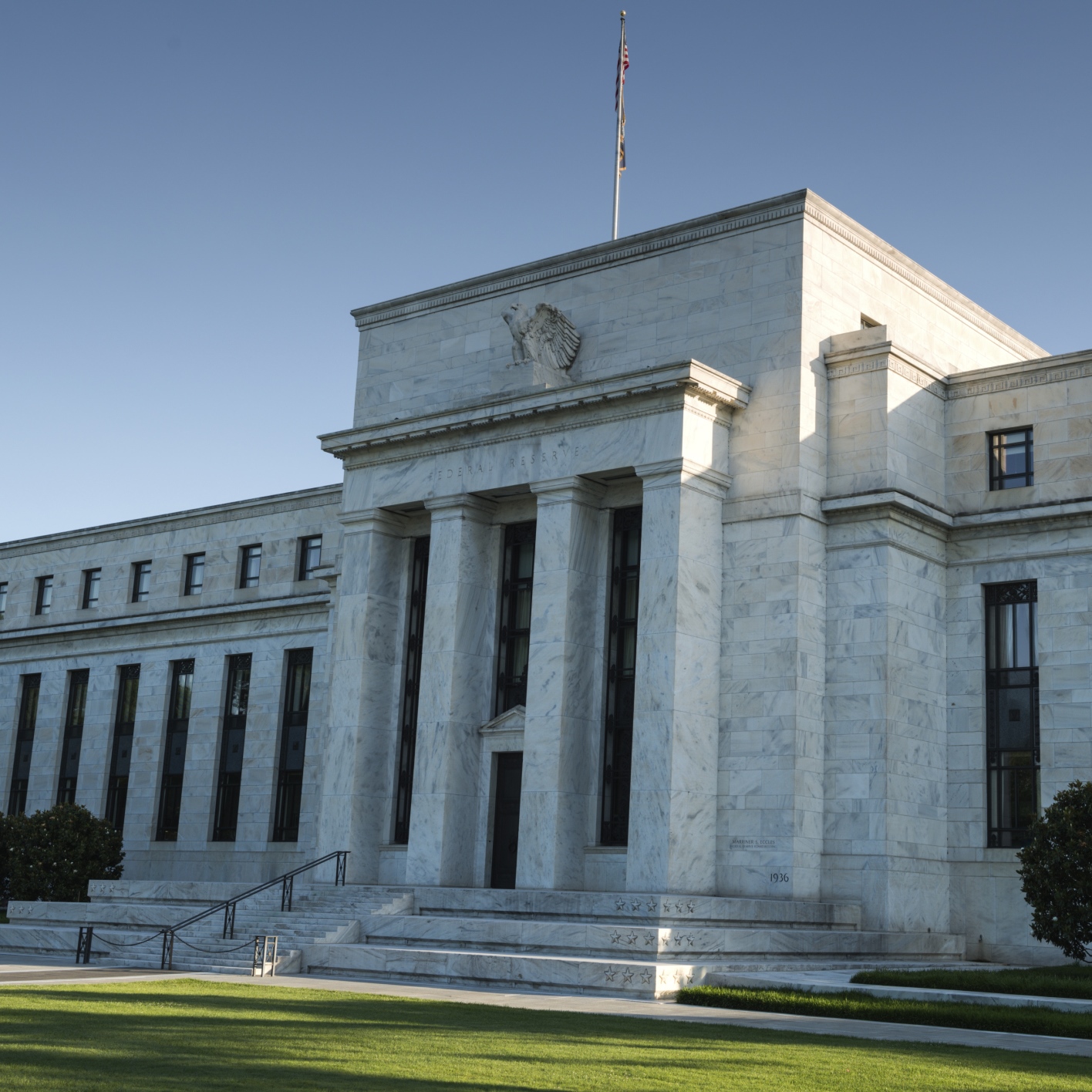
Janet Yellen and The Federal Reserve’s Federal Open Market Committee have done just what the markets formal expected – nothing! The Fed Funds rate was left flat at a target of 0.25% to 0.50% and the discount rate was left unchanged at 1.00%. As you might have guessed, the real issues are in the statement.
The Fed’s view is that labor market conditions improved further, even as economic growth slowed late last year, since it last met in December. Another view is that household spending and business fixed investment have been increasing at moderate rates in recent months. The official statement even noted a that the housing sector has continued to improve.
There are some negatives here, which is the Fed talking down the economy. Net exports have been soft, inventory investment has slowed, there is an additional decline in underutilization of labor resources.
What investors and economic watch dogs need to consider is that the Fed wants 2.0% to 2.5% inflation. It just isn’t getting it thanks to oil. The FOMC noted that inflation has continued to run below the 2% longer-run objective — partly reflecting declines in energy prices and in prices of non-energy imports. The fed further said:
Market-based measures of inflation compensation declined further; survey-based measures of longer-term inflation expectations are little changed, on balance, in recent months.
Inflation was projected to remain low in the near term. Still, the FOMC is again saying that inflation will rise to 2% over the medium term as the transitory effects of declines in energy and import prices dissipate and the labor market strengthens further.
ALSO READ: 6 Big Tech Stocks That Need To Start Paying Dividends Now!
The FOMC did say they were paying attention to overseas developments and the markets. The commentary here said:
The Committee is closely monitoring global economic and financial developments and is assessing their implications for the labor market and inflation, and for the balance of risks to the outlook.
The stance of monetary policy remains accommodative, thereby supporting further improvement in labor market conditions and a return to 2 percent inflation.
The FOMC’s future economic assessments were said to include the following factors:
- labor market conditions,
- indicators of inflation pressures,
- inflation expectations,
- and readings on financial and international developments.
Here was the big comment for a gradual rate hike cycle, with a promise that rates may remain low for quite some time even during a rate hike cycle:
The Committee expects that economic conditions will evolve in a manner that will warrant only gradual increases in the federal funds rate; the federal funds rate is likely to remain, for some time, below levels that are expected to prevail in the longer run. However, the actual path of the federal funds rate will depend on the economic outlook as informed by incoming data.
Another note here is that the Fed will keep its existing policy of reinvesting principal payments from its holdings of agency debt and agency mortgage-backed securities in agency mortgage-backed securities and of rolling over maturing Treasury securities at auction. This means that quantitative easing is not being unwound, even if not being added to. The FOMC believes that this will be the case until normalization of the federal funds rate is well under way and should help maintain accommodative financial conditions.
The action to keep Fed Funds static was unanimous at 10 to 0.
Some investors and economic watchers were worried that the Fed presidents were going to stay with their head in the sand and ignore the financial market volatility and continued bad economic news outside of the country. Long and short: the Fed blinked, and the markets don’t seem to get very much enthusiasm from it.
Thank you for reading! Have some feedback for us?
Contact the 24/7 Wall St. editorial team.


